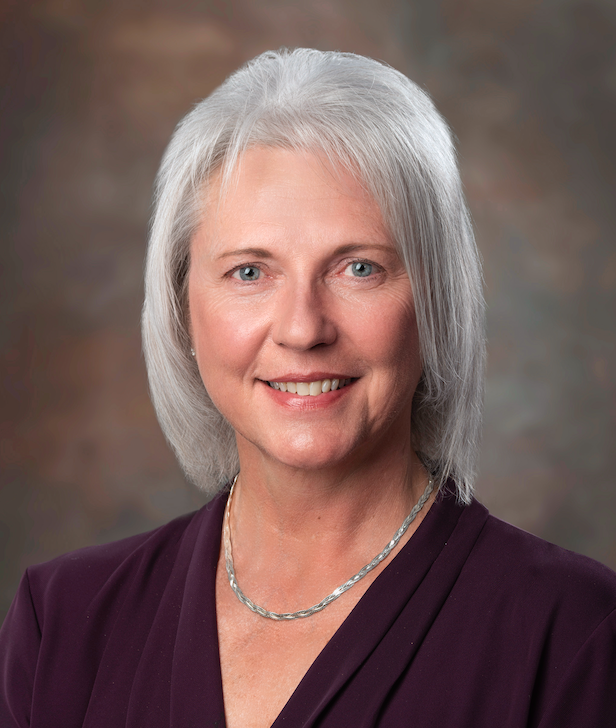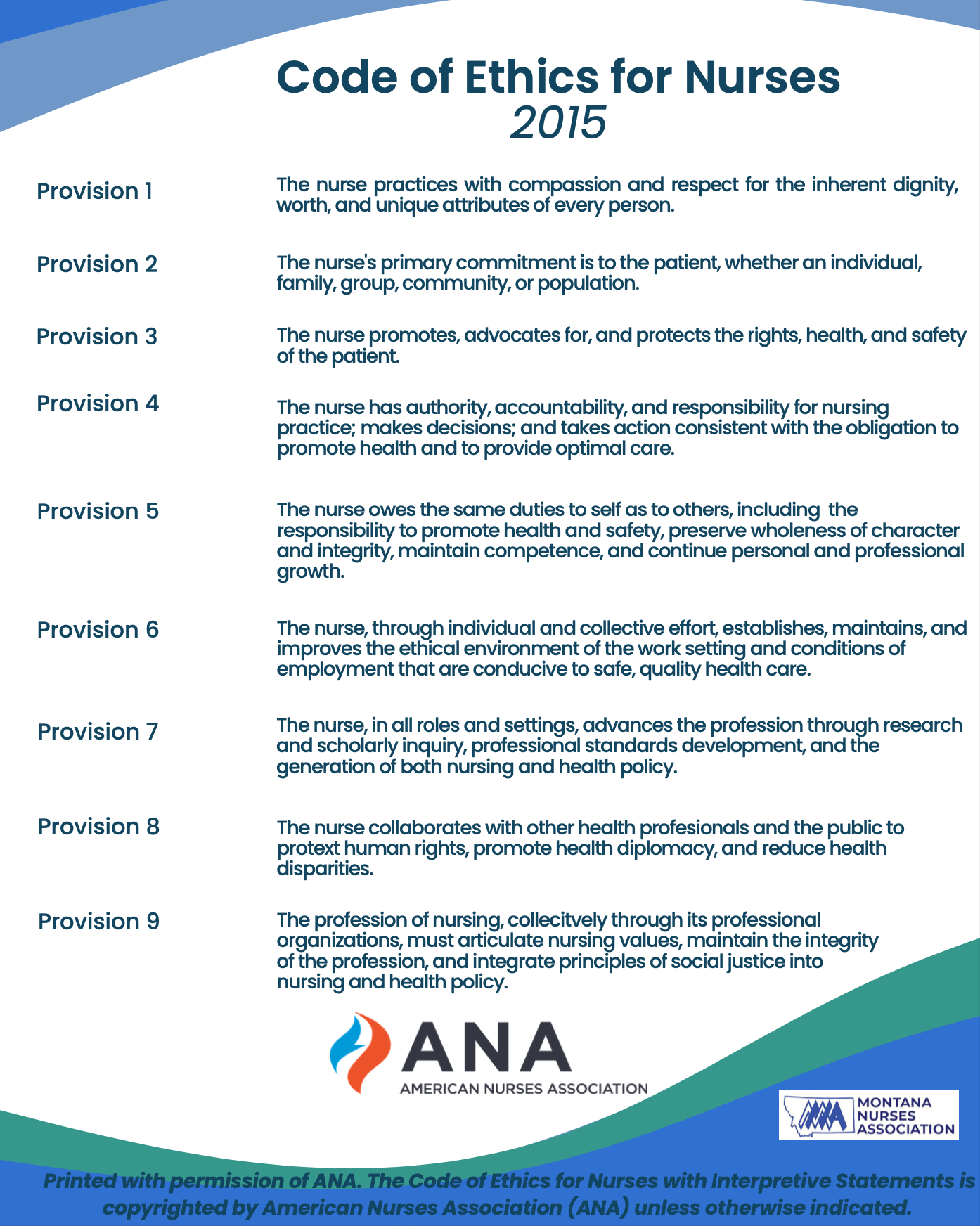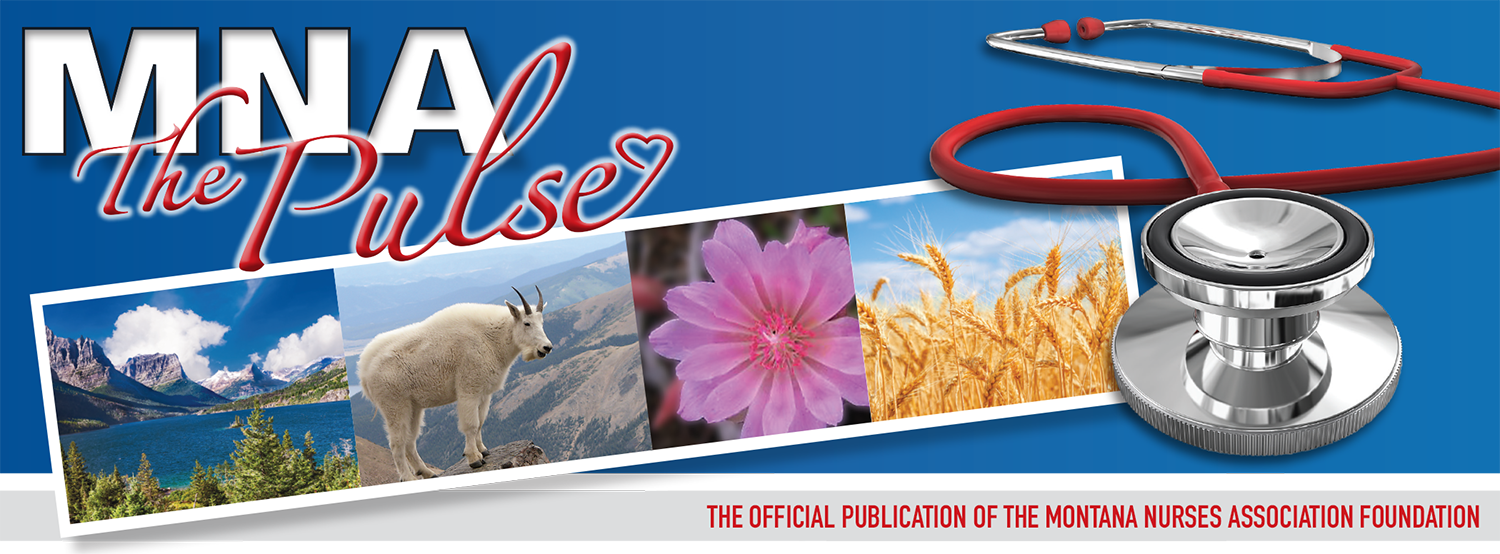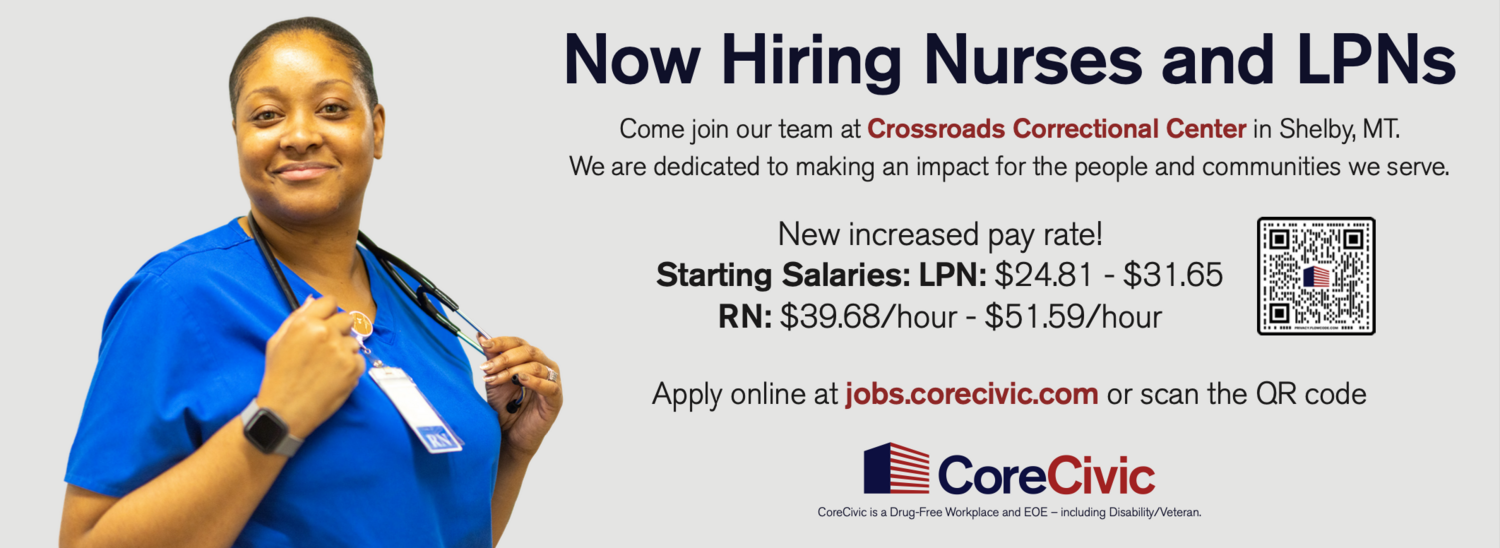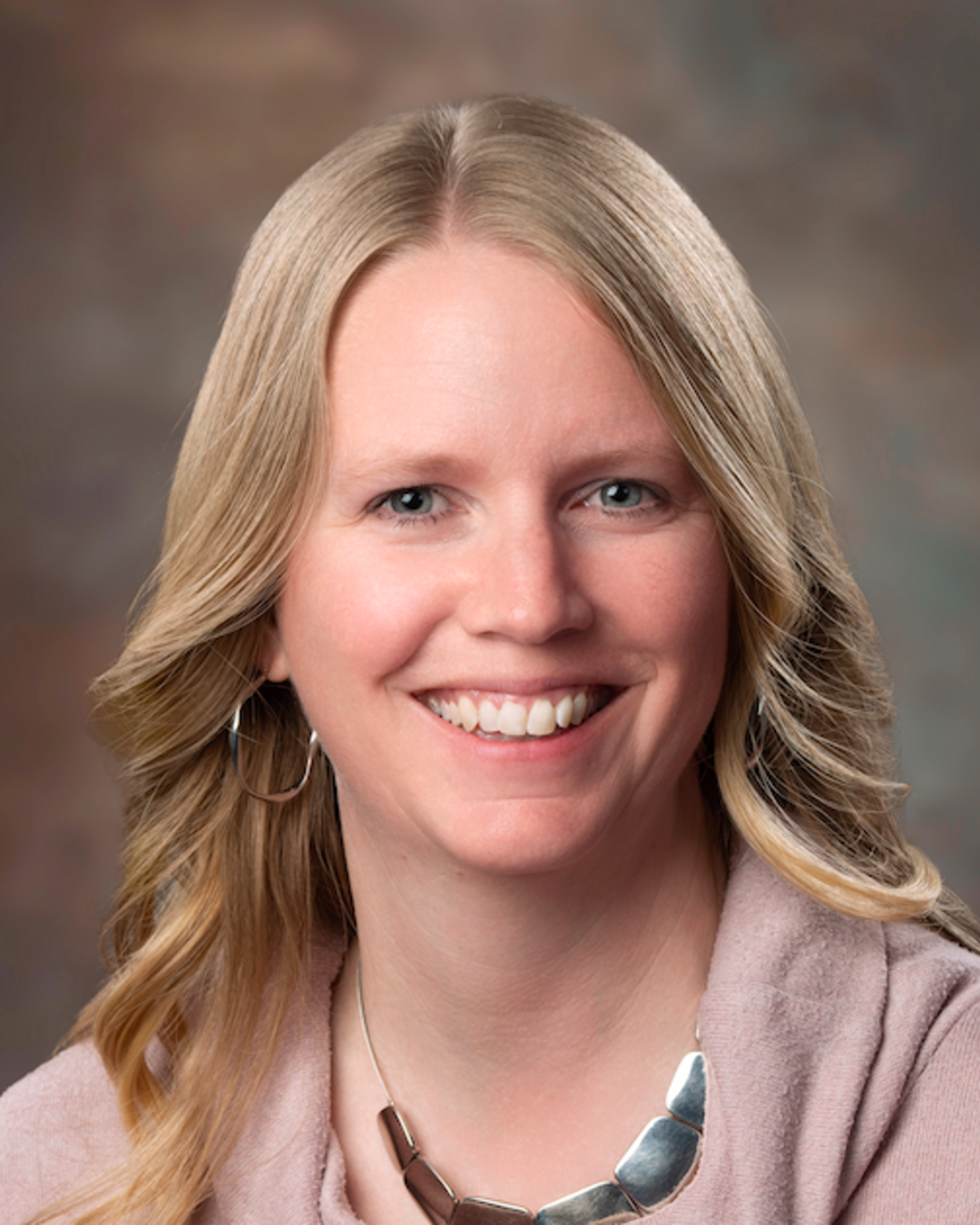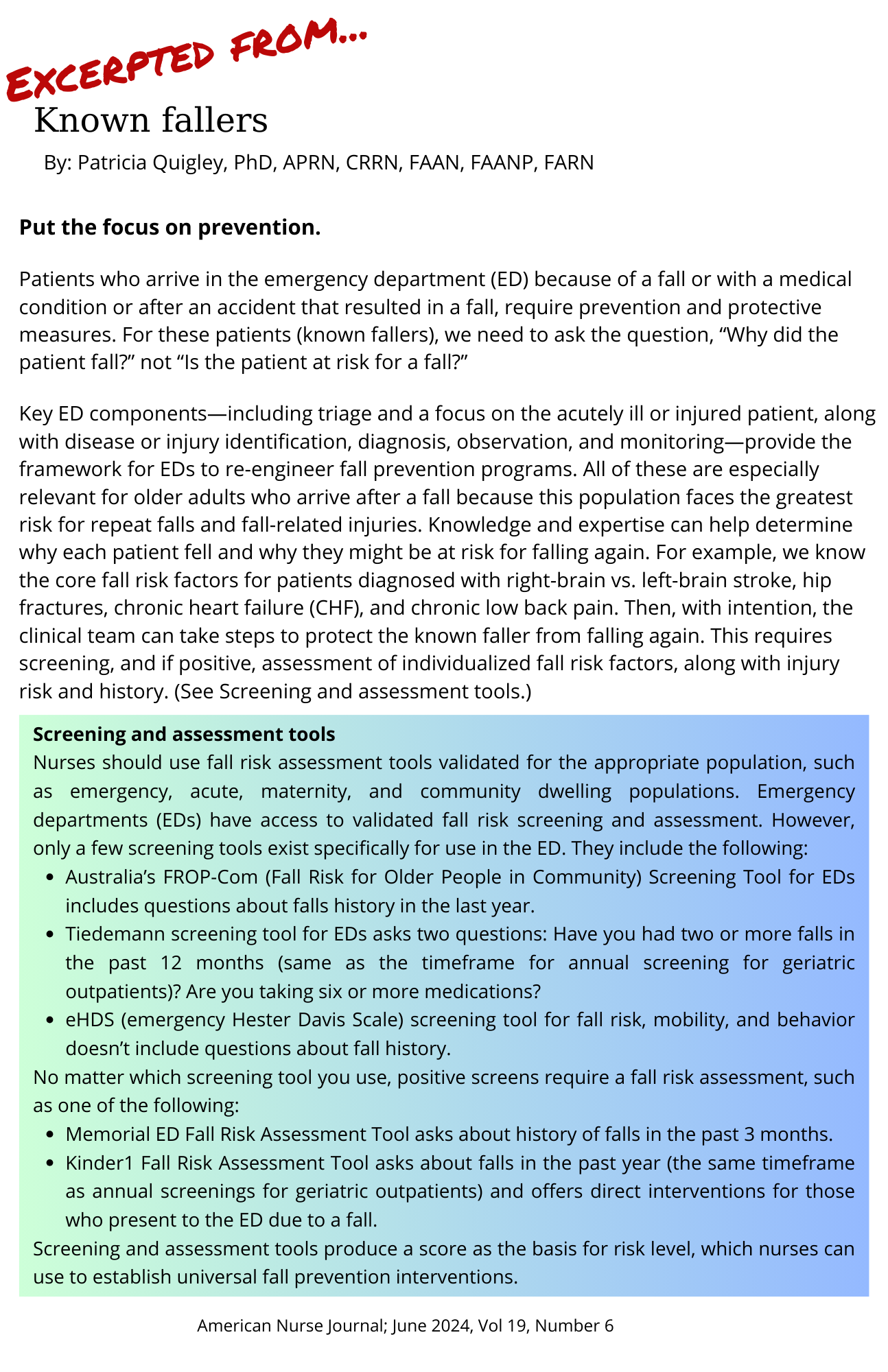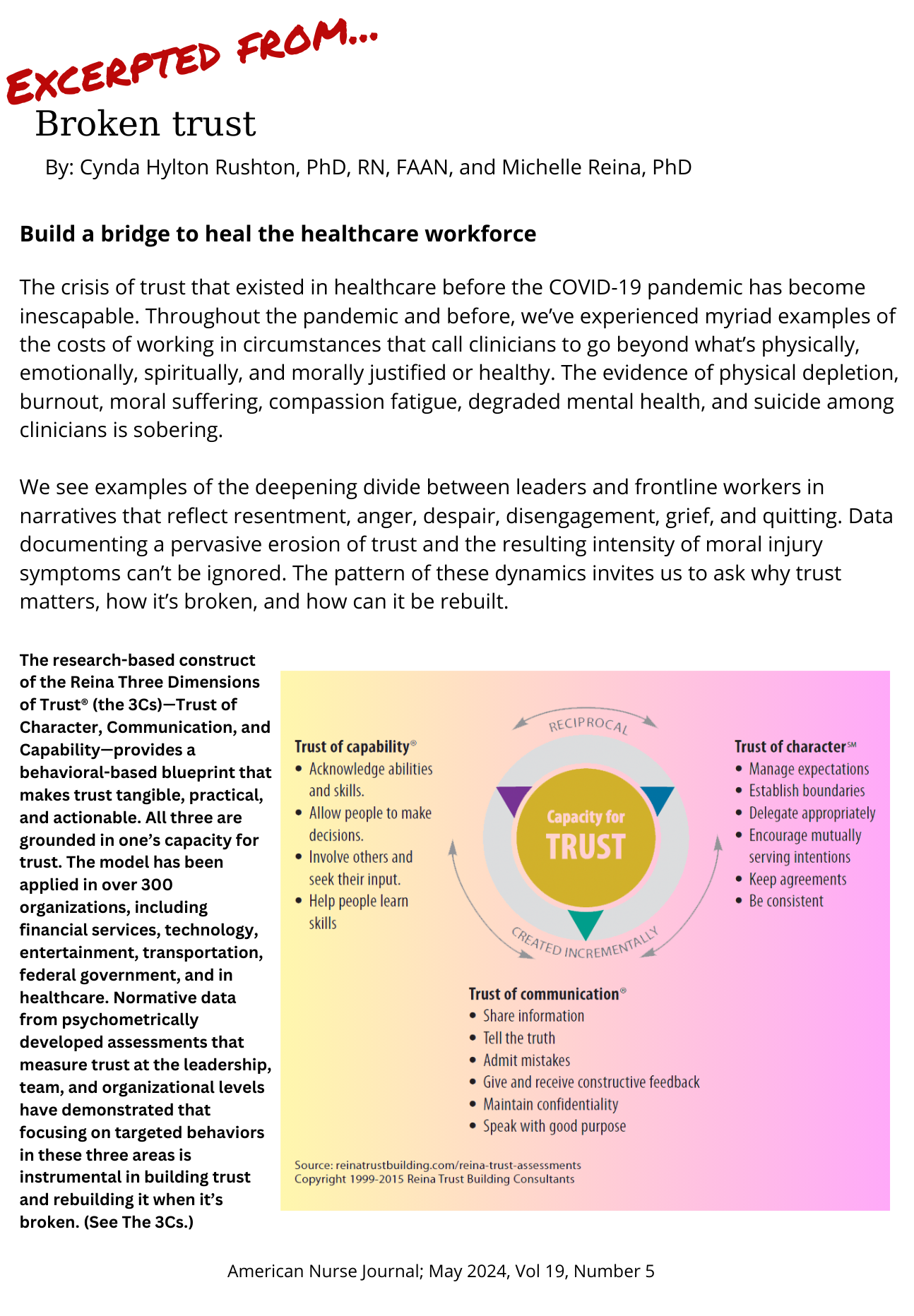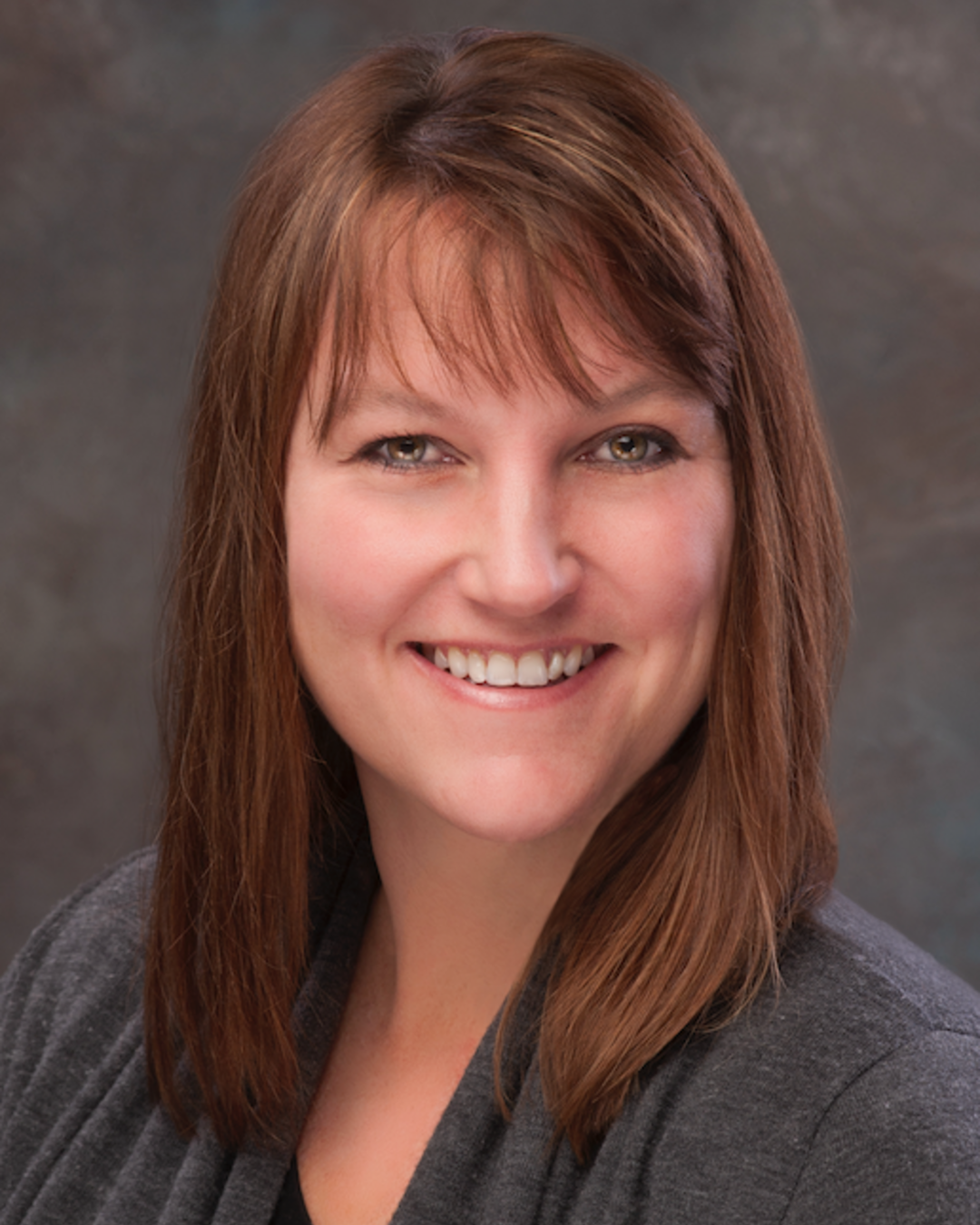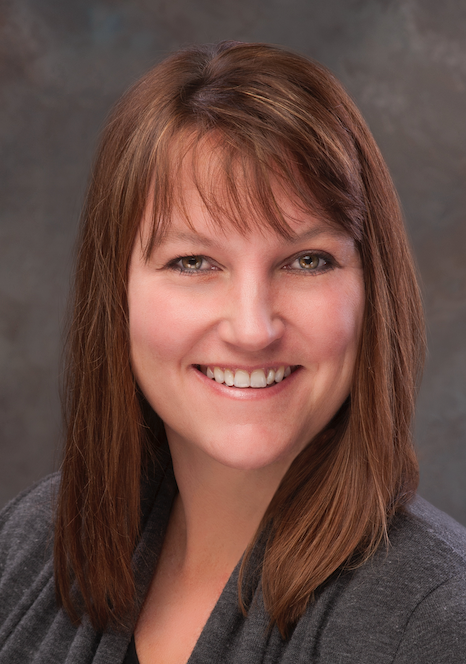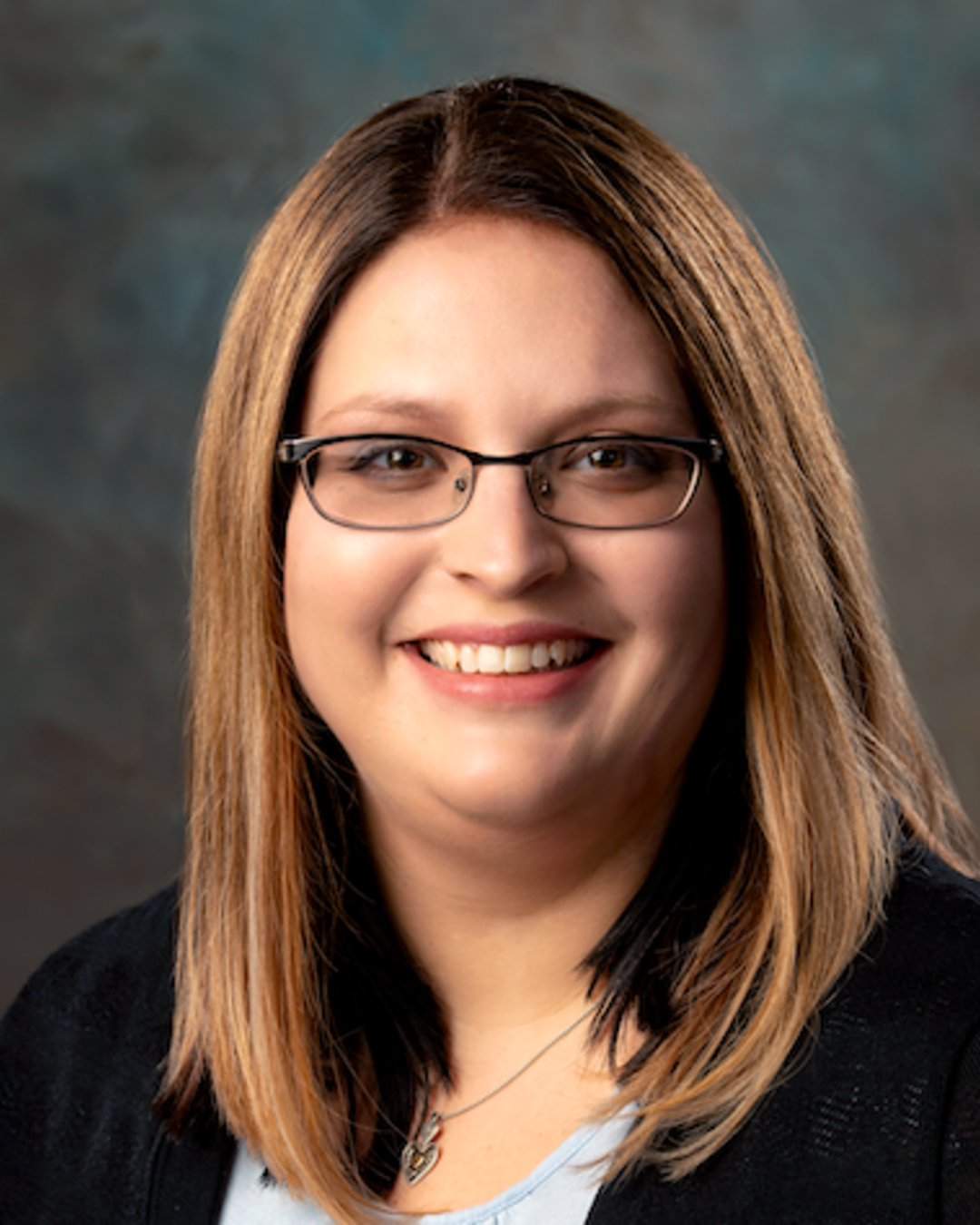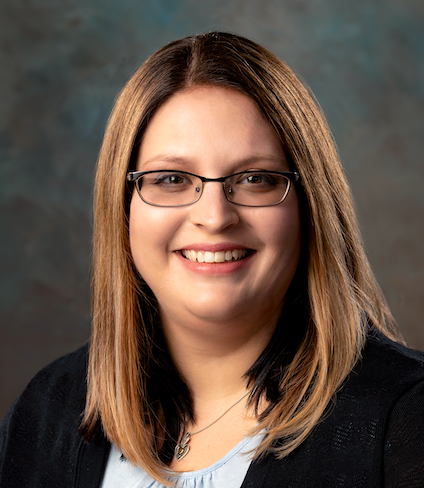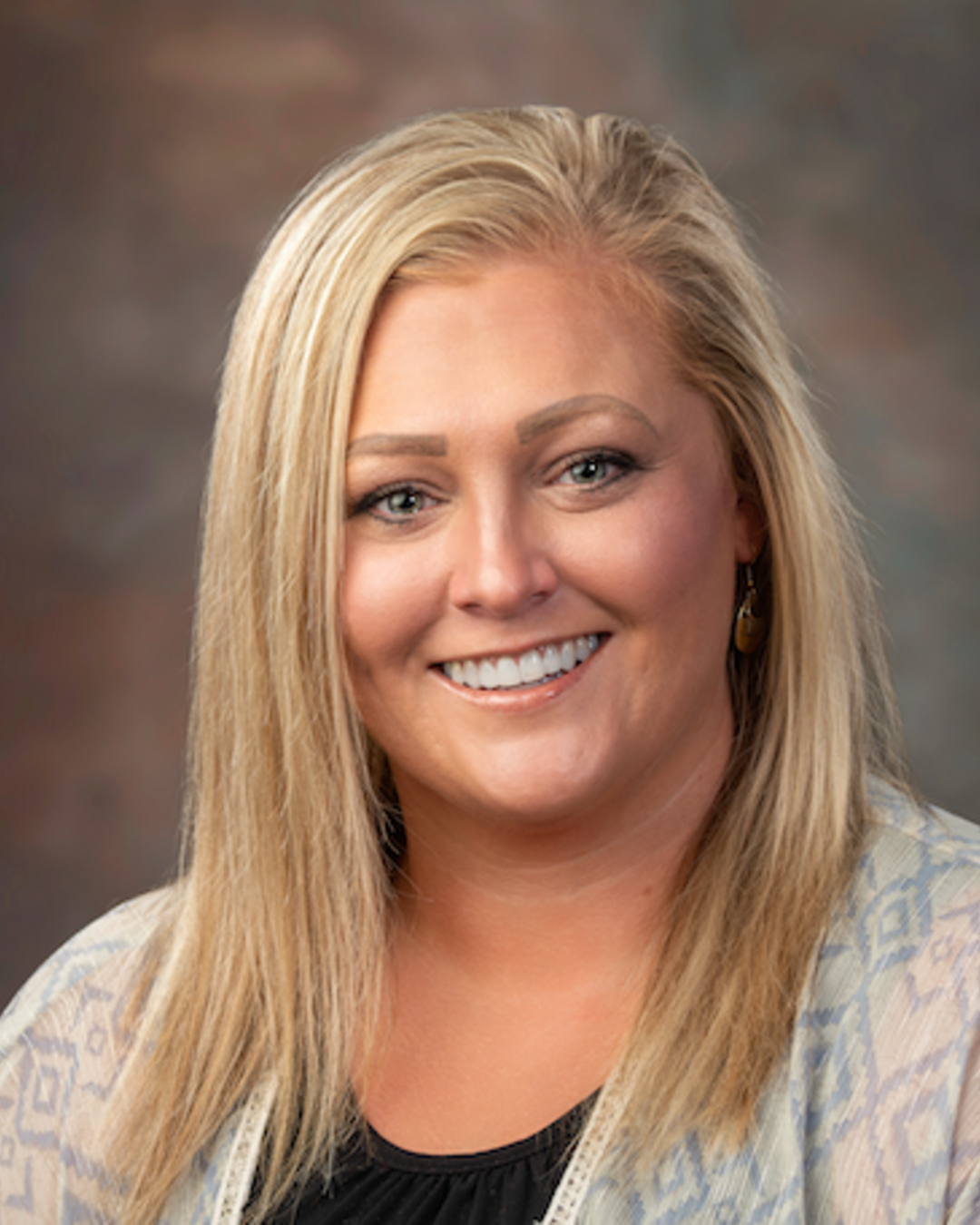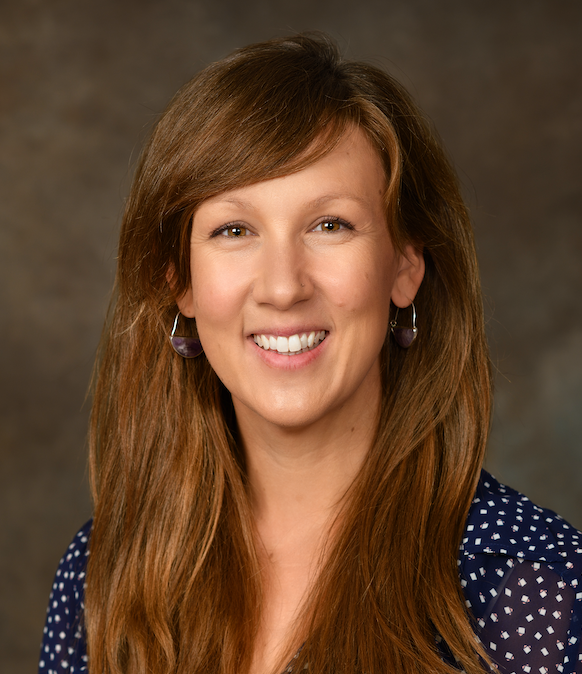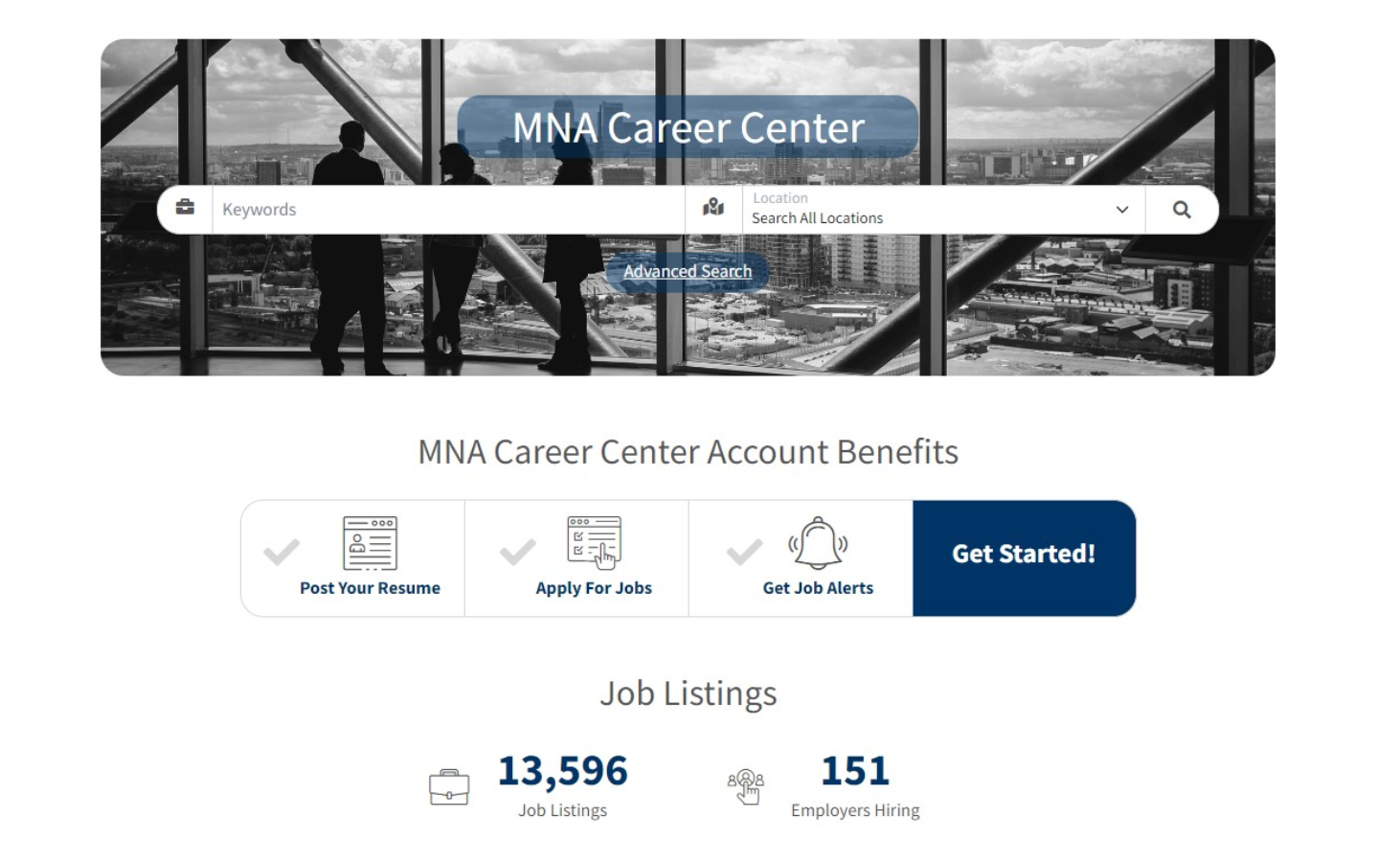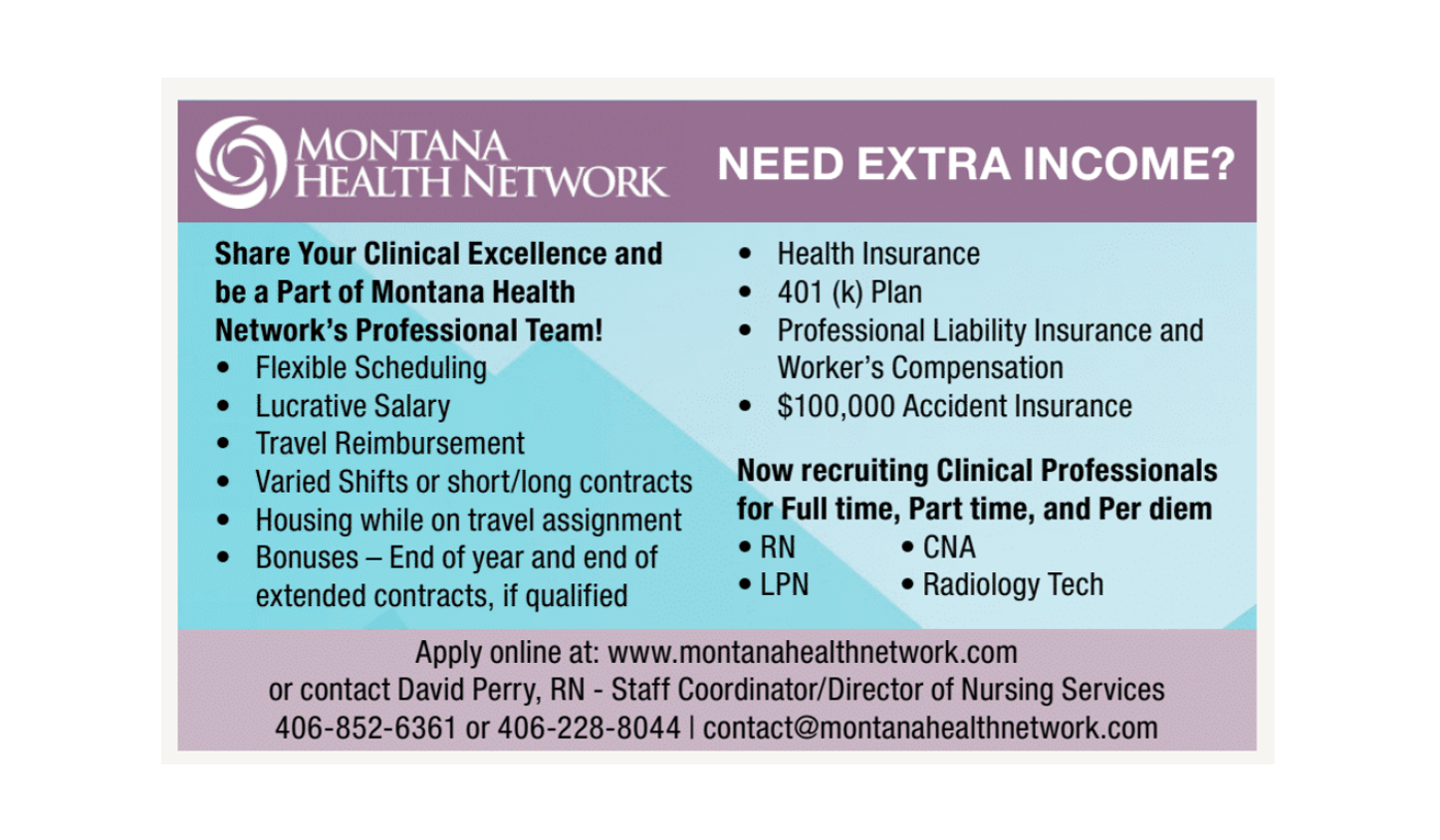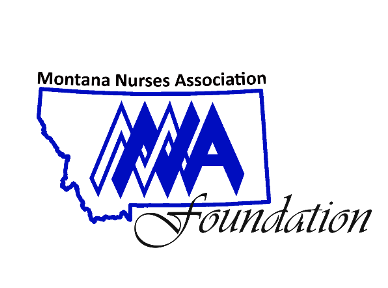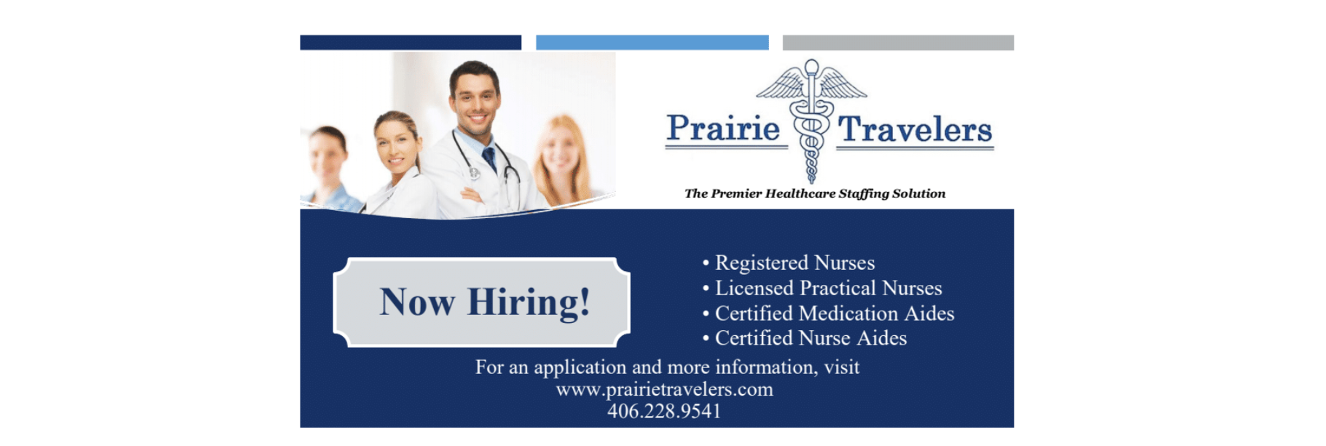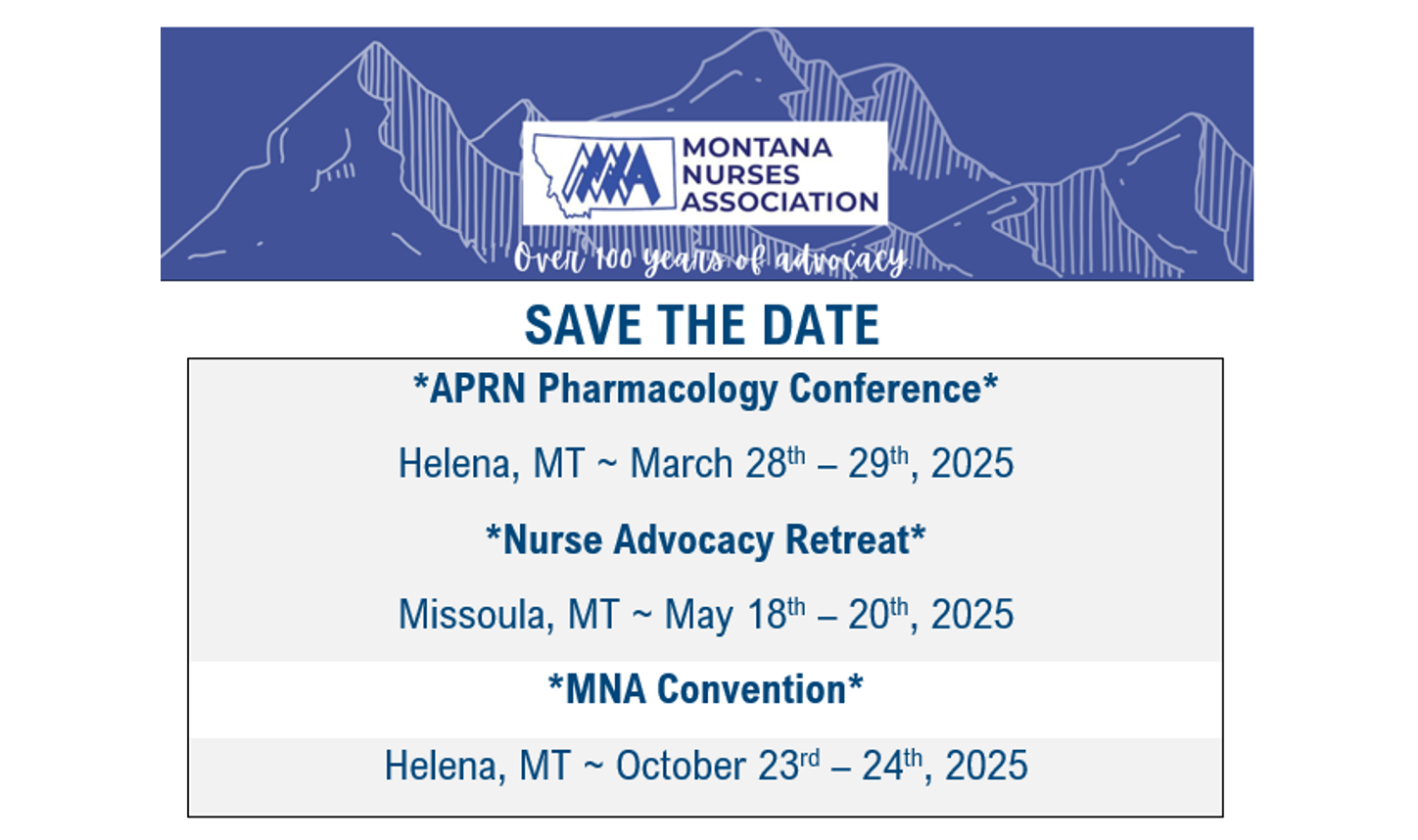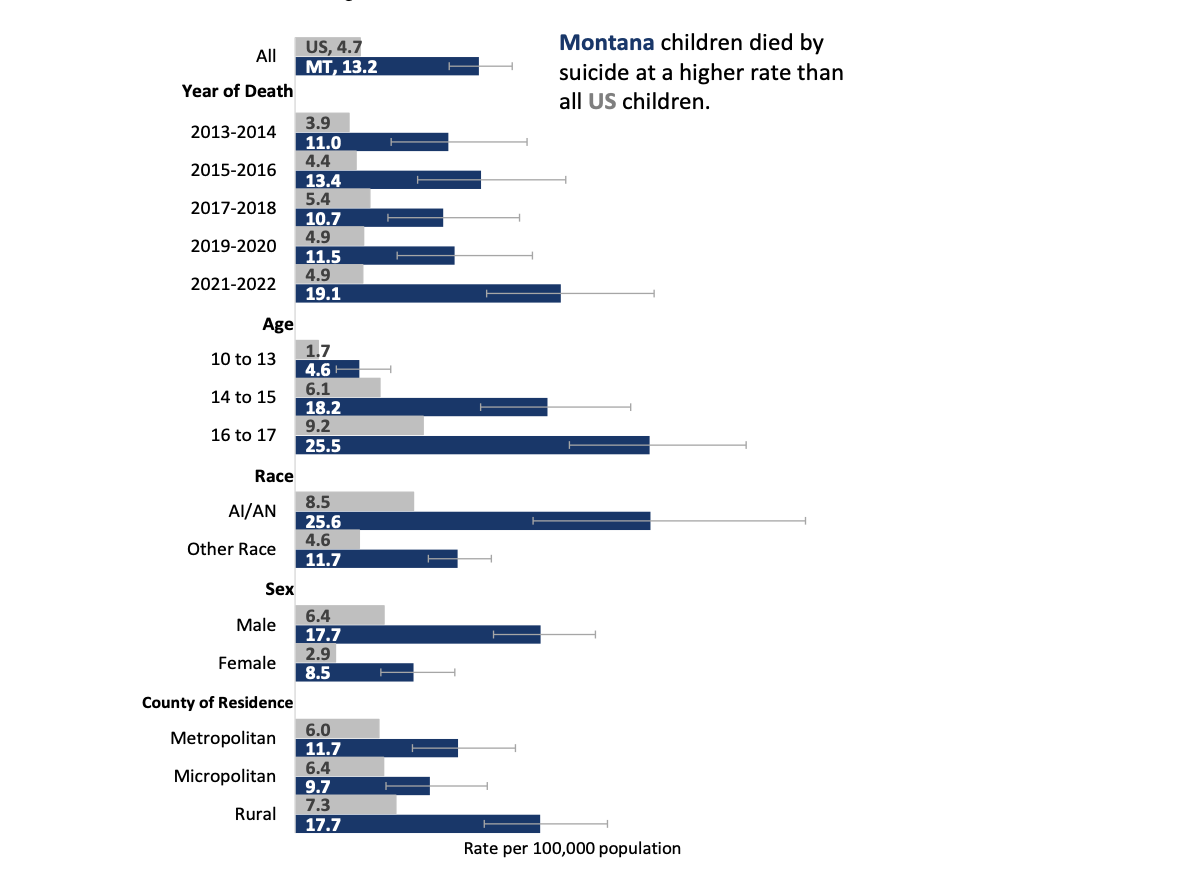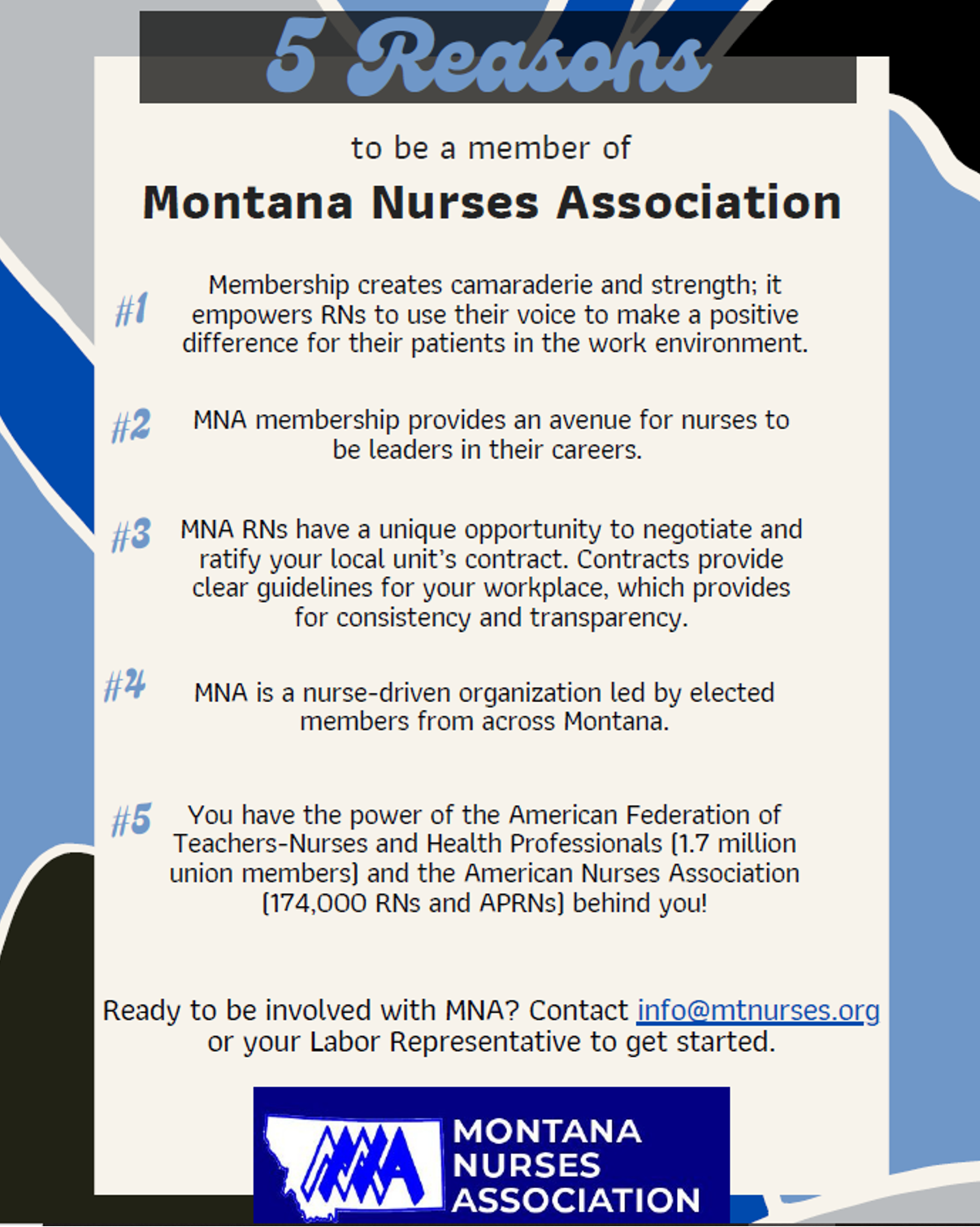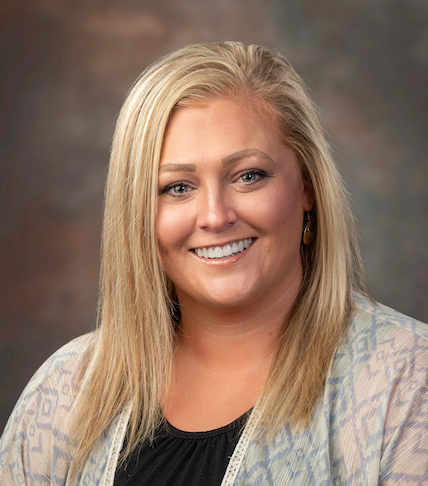
In today's fast-paced nursing world, where demands and distractions constantly vie for our attention, the concept of self-care has become more vital than ever. Often misunderstood or overlooked, self-care is not merely a luxury but a crucial practice for maintaining overall health and well-being. It encompasses the deliberate actions we take to maintain our physical, emotional, spiritual, and mental health. This article explores the importance of self-care and offers realistic tips for incorporating it into daily life.
The Basics of Self-Care
At its core, self-care is about recognizing our own needs and taking proactive steps to meet them. It's a holistic approach that involves nurturing the mind, body, and soul. Whether through physical exercise, mental relaxation, or emotional support, self-care practices are diverse and unique to individual preferences and lifestyles.
- **Physical Self-Care**
Physical self-care involves activities that improve physical health and well-being. This includes regular exercise, a balanced diet, adequate sleep, and routine medical check-ups. Engaging in physical activities like yoga, walking, or dancing can enhance energy levels, improve mood, and reduce stress. Nutrition and sleep, which are most commonly overlooked, play crucial roles in maintaining the body's optimal function. By prioritizing these aspects, individuals can prevent burnout.
- **Emotional Self-Care**
Emotional self-care focuses on understanding and managing emotions. It's about creating a healthy relationship with oneself and others. Practices such as journaling, meditation, or engaging in hobbies that bring joy can help in processing emotions and building resilience. Additionally, setting boundaries and seeking support from friends, family, or mental health professionals are essential components. Recognizing and validating one's feelings fosters emotional balance and prevents feelings of overwhelm or isolation.
- **Mental Self-Care**
Mental self-care involves activities that stimulate the mind and reduce mental fatigue. This can include reading, learning new skills, engaging in creative endeavors, or practicing mindfulness. Taking time for mental breaks, such as spending time in nature, practicing deep breathing exercises, or participating in activities that bring you peace, can help clear the mind and improve concentration. It's important to challenge negative thought patterns and create a positive mindset to enhance mental well-being.
-
**Spiritual Self-Care**
For many, spiritual self-care is a crucial aspect of well-being. It involves activities that connect individuals with their sense of purpose and meaning in life. This might include practices like meditation, prayer, spending time in nature, or engaging in community service. Spiritual self-care can provide comfort, foster a sense of belonging, and offer a deeper understanding of oneself and the world.
The Benefits of Self-Care
The benefits of self-care are far-reaching and impact various aspects of life. Engaging in regular self-care can lead to:
- Reduced Stress: By taking time to relax and recharge, individuals can lower stress levels and prevent burnout.
- Improved Physical Health: Healthy eating, regular exercise, and sufficient rest contribute to better physical health and reduced risk of chronic illnesses.
- Enhanced Emotional Resilience: Emotional self-care helps individuals cope with challenges and recover from setbacks more effectively.
- Increased Productivity: Taking care of oneself can lead to improved focus, creativity, and overall productivity.
- Stronger Relationships: When individuals prioritize their well-being, they are better equipped to nurture and maintain healthy relationships.
Tips for Incorporating Self-Care
- Schedule Time for Yourself: Treat self-care as a non-negotiable appointment in your calendar.
- Start Small: Begin with small, manageable self-care activities and gradually build on them.
- Listen to Your Body: Pay attention to physical and emotional signals and respond accordingly.
- Set Boundaries: Learn to say no and prioritize your own needs when necessary.
- Seek Support: Don't hesitate to reach out to friends, family, or professionals for support.
Self-care is a crucial practice for achieving a balanced and fulfilling life. It is not selfish or greedy; rather, it is a necessary investment in one's well-being. By taking the time to nurture our physical, emotional, mental, and spiritual health, we equip ourselves to handle life's challenges with grace and strength. Remember, self-care is not a one-size-fits-all approach. It requires self-awareness and a commitment to discovering what truly nourishes your mind, body, and soul. So, take a deep breath, listen to your needs, and start your journey towards a healthier and happier you.
